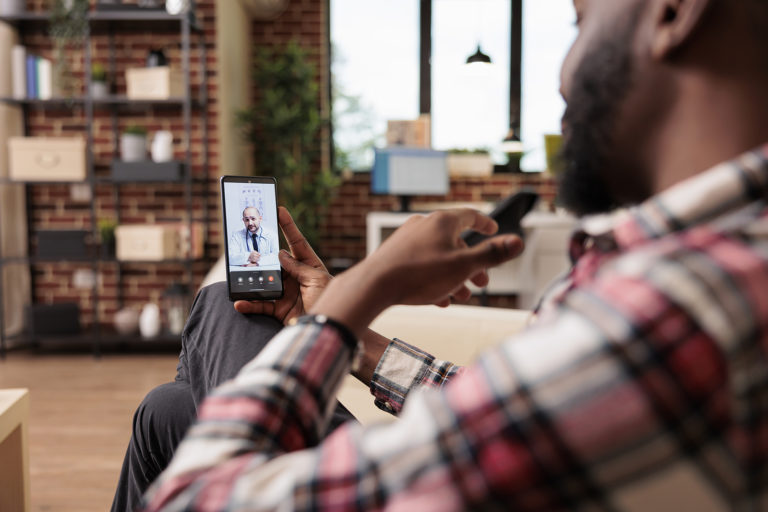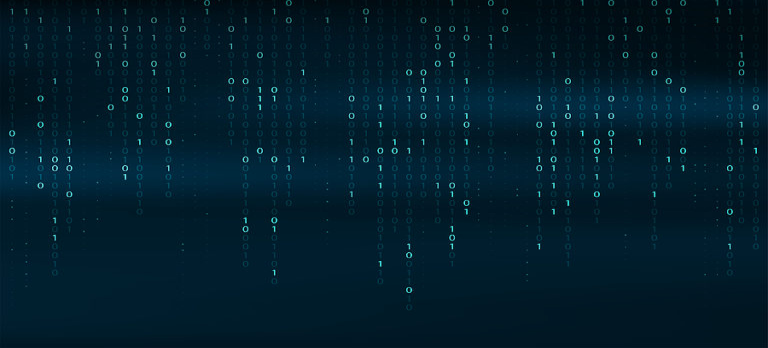The response to the COVID-19 pandemic dramatically accelerated the use of telehealth in the United States. According to McKinsey, overall telehealth utilization was 78 times higher in April 2020 than in February 2020. This quick move following the mid-March 2020 lockdown shows that a large percentage of healthcare organizations (much like Dorothy in the Wizard of Oz) had the power all along. The reality of social distancing and reimbursement for telehealth from Medicare and other insurance providers left the door open for this change and it’s not likely to close any time soon.
While both providers and patients were initially “forced” into using the telehealth capabilities that had long been available, very few want to go back to in-person visits for all routine health check-ins. Use may have declined since the April 2020 peak, but remains 38 times higher than pre-pandemic levels. Of course convenience and time savings are key reasons for telehealth’s staying power, however, a number of other benefits have emerged that make it a long-term solution to critical public health challenges.
Equity
Response to the COVID-19 pandemic unearthed long-standing issues around equitable access to care. Telehealth addresses some of these barriers while also introducing other accessibility challenges.
All equipment is not created equal
Early in the pandemic, people were encouraged to utilize high-tech wearable devices (like the Apple watch) and purchase lower-tech solutions including fingertip oximeters to measure oxygen levels when battling COVID. However, a good deal of literature showed that commercially available oximeter technology did not perform as accurately in people with darker skin color. There was a concern that patients were being told to get a device that might not work best for them. There are options on the market including an oximeter from Bodimetrics that has been tested to perform accurately for people with dark skin pigment.
Online healthcare requires you to be online
Access to the Internet may seem ubiquitous, but many geographic areas lack the broadband needed to support video visits while some people simply cannot afford internet connected devices. Solving accessibility to the internet is critical for ensuring telehealth reaches those in most critical need of its convenience and connectivity. The Iowa Communications Network implemented site upgrades to the Iowa Rural Health Telecommunications Program (IRHTP) to ensure that rural facilities have access to needed bandwidth. This helps with specialty care since many of these facilities do not have specialists on site and can give patients access to needed care without making them travel long distances for a single visit.
Once equitable access is solved, Steven Simmons, Director of Client Solutions and Partnerships for eCare Vault, points out that digital literacy has to be taught along with the healthcare being provided to ensure that patients understand how to safely and effectively use the tools they now have access to, becoming more empowered than ever to control their health decisions.
Patient Power
Dr. Meir Kryger, Professor Emeritus, Yale School of Medicine, detailed how the environment created by COVID-19 “taught people to become their own health advocates.” From administering self-tests to deciding when and where to get vaccines to self-monitoring and reporting health data remotely to doctors, people had more insight than ever into their health and health choices. Today, a host of new wearable and other sensor technologies are on the market to allow patients to check blood sugar levels, heart rates, blood pressure, and more. This information is frequently fed directly to doctors who can be alerted to concerning levels or changes for intervention.
The convenience of telehealth makes it easier than ever for both patients and providers to connect in the moment of a health concern. Working together in real time, doctor and patient can pinpoint issues that may have led to the current problem and immediately make changes to diet, activity, medicine, or other behavior. The ability to check in with a doctor from a mobile device and/or the comfort of home also increases the likelihood that patients will show up for scheduled health checks, increasing the chances for health education and intervention.
Provider Support
Staffing shortages and provider burnout are impacting the care available in communities across the country. Telehealth and related technologies are helping to ease the burdens and frustration that cause providers to leave the profession.
To effectively implement telehealth, an organization needs to be digitally enabled beyond just doing video calls. Providers need access to patient records and charting technology within the telehealth systems. By digitizing workflows, much of the manual paperwork can be eliminated giving providers more time to focus on care, not paperwork. According to Michael Jakovcic, Executive Vice President for Fusion, a company that provides electronic health record (EHR) technology for correctional and public health facilities, this streamlining of work is critical to ensuring healthcare professionals stay in jobs where they are desperately needed. By moving off of paper and having workflow digitized for their specific patient base, healthcare providers can focus on quality of care rather than filing the large amount of paperwork required in secure, regulated environments like prisons.
Also, by having a digital record (and thereby data) on what providers are doing, healthcare organizations can monitor the well-being of their staff. eCare Vault’s technology allows issues to be flagged before a provider raises a hand saying, “I’m done.” Being able to see case loads as well as recent traumatic cases allows organizations to step in to provide counseling, additional training, or shift work proactively to head off issues that lead to burn out.
Holistic Approach
Simply seeing someone in their home environment opens up new insights into care options. Dr. Kryger noted that while talking to a patient on a telehealth visit a family member or caretaker is usually nearby. They’ll often chime in with information that the patient may not share themselves. Had that meeting been in office, that person may not have been present to provide valuable insight. Moreover, providers can see the environment the patient is living in which may have an impact on their health (is their home cluttered/dirty, is there enough light, do they have space to exercise).
Even if the visual does not provide context, within electronic health systems providers can be prompted to ask questions such as, “Do you have access to transportation?” and “Is your electricity reliable?” These questions that are offered based on the inputs providers enter, can have an impact on how patients follow through with care guidance. For example, Simmons shared a story of a man who kept being readmitted to the ER for blood sugar issues. He said he had been taking his medicine as prescribed. When they finally did a home visit they realized that his electricity was frequently turned off so the medicine was not kept at refrigerated temperatures and became less effective. Had a digital system been in place, providers may have been prompted earlier to look at environmental factors impacting the man’s health.
Telehealth and the digitization of healthcare delivery that it drives are here to stay and will have incredible impacts on how care is delivered and received in the coming years.
You can stay up to speed on the latest developments in healthcare delivery through the resources available on GovWhitePapers and GovEvents.










